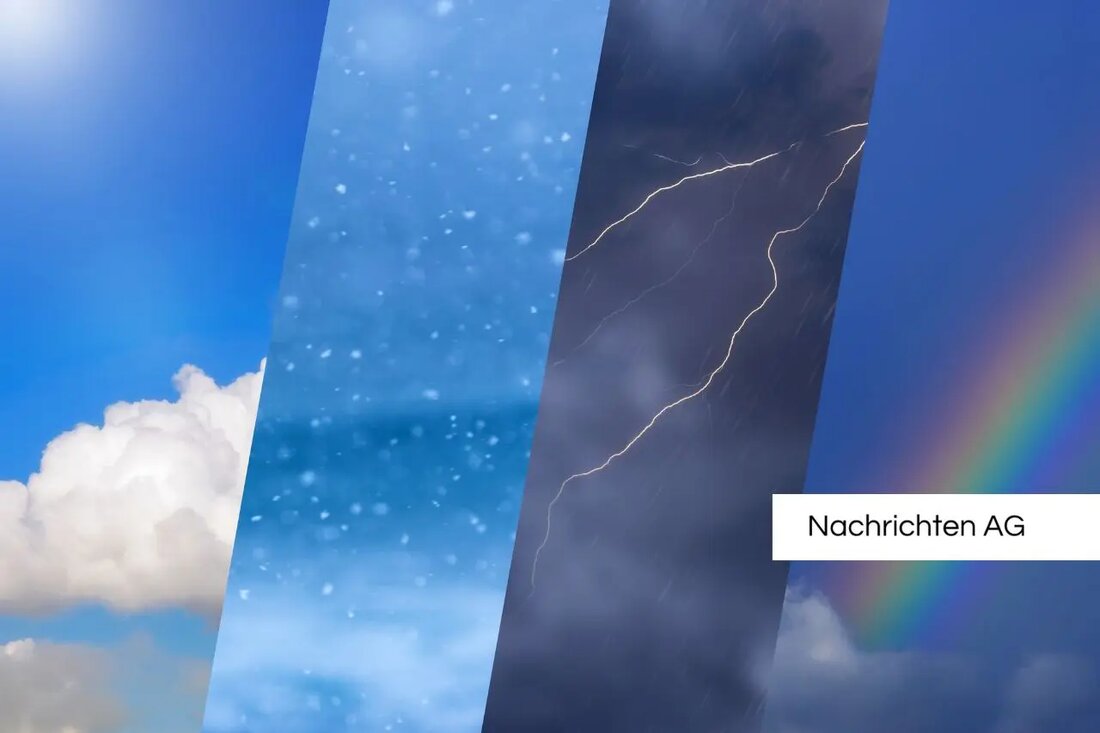New colder cord: Inversion brings Frost to the Siegtal!
New colder cord: Inversion brings Frost to the Siegtal!
In the past few weeks, the region in the Rhein-Sieg district and Bonn has experienced a striking inversion weather situation that has significantly influenced the temperatures in the Tallages. According to Kölner Stadt-Anzeiger is not unusual in the region and can occur up to 200 days a year.
During an inversion weather situation, it is often in higher locations, such as the Oilberg, milder than in the Tallagen, for example in Hennef. As a rule, the temperatures with the height drop, about 1 degree per 100 meters. But in the context of this weather, the opposite is the case: the air in the valleys cools down strongly, while the air in higher regions remains warmer.
causes and effects of the inversion weather situation
The phenomenon often arises in high -pressure situations, especially at night and in the colder season. Warm air from higher layers sinks over colder air masses in the valleys. This blocks the air exchange and leads to bad, fine-dust-polluted air, which affects the air quality in layers close to the ground, as mein-ernerne.at
An impressive example of this effect took place on January 14th when the temperatures fell to minus ten degrees in the Siegtal, while it was reminiscent of zero degrees on the Ölberg. The poor air quality conditions not only lead to fog in the cold valleys, but also to an increased risk of health problems, especially in urban areas where pollutants stagnate in the air.
Inversion weather conditions are remarkable for the pronounced temperature reversal and the frequent fog formation that are characteristic of the region. In the last days of January, more than ten such weather conditions have already been observed, which strongly shapes the current weather events in the region.
consent of the meteorologists
like weather.com , an inversion weather situation can cause temperature differences of over 10 degrees. In combination with wind -weak high -pressure weather, cold air masses remain in lowering and valleys, which means that the fog stays as long as the sun does not seem strong enough to heat the cool air masses.
The meteorological conditions that lead to the formation of this inversion are favored by seasonal factors. Such effects are particularly pronounced in the winter months. If strong weather changes occur, for example through the approximate cold front, this can lead to the dissolution of the inversion and the associated fog formation.
| Details | |
|---|---|
| Quellen | |


Kommentare (0)